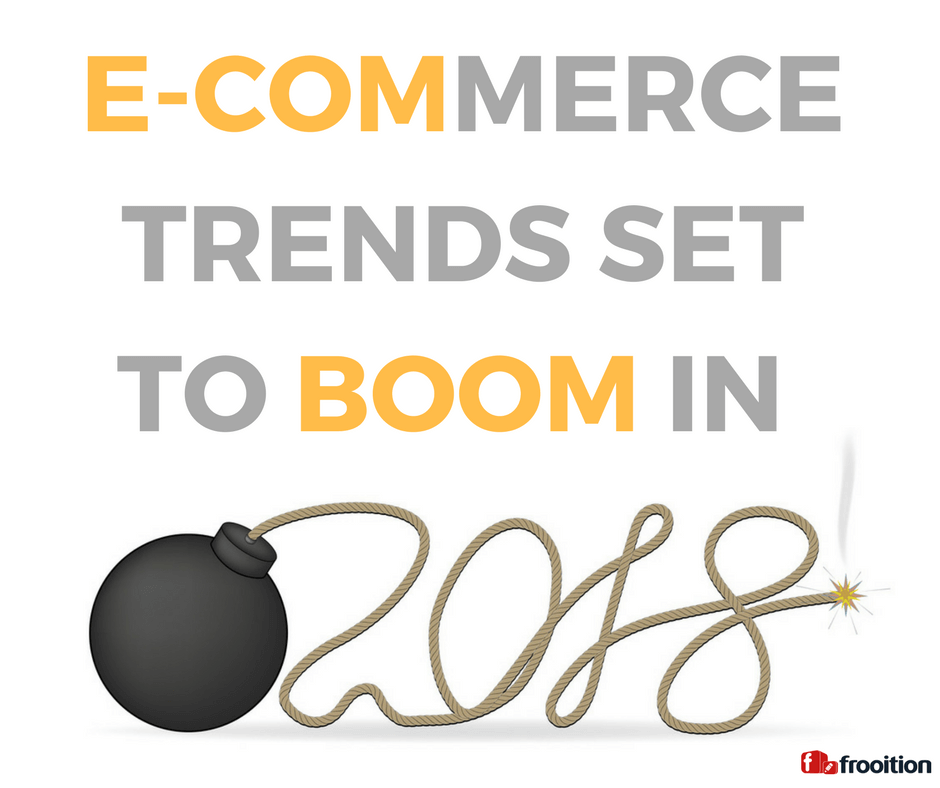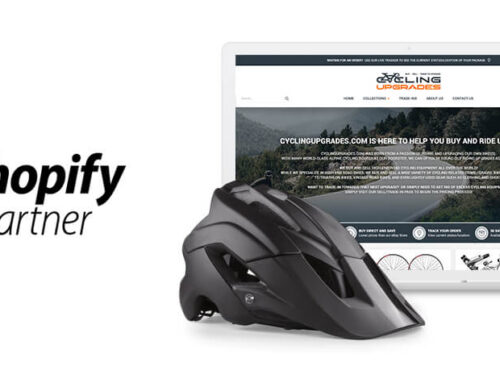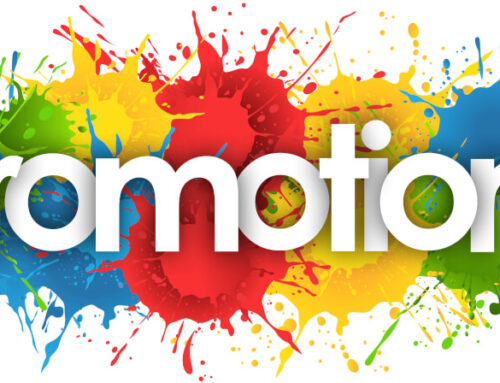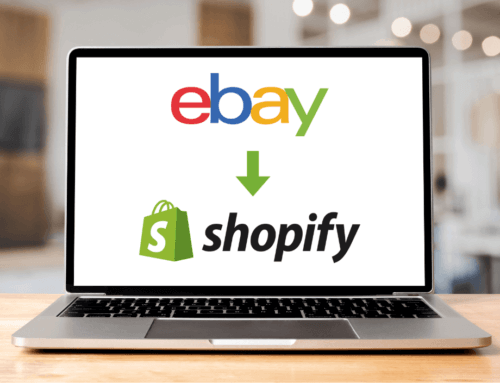
2017 was an amazing year in e-commerce. New technology emerging towards the end of 2016 flourished this year and took stable hold throughout the online retail world, with trendsetters paving the way for the future. Technology and e-commerce are still growing and 2018 is an exciting time for e-commerce.
With e-commerce expected to top out at $2.77 trillion in 2018, competition is becoming fiercer than ever before. Staying on top of e-commerce trends will keep you ahead of the competition, so you can keep, and hopefully increase, your piece of that 2.7 trillion dollar pie.
Mobile
According to Statista 2017 report, about 39% of sales are via mobile devices and mobile traffic will increase 8 times by 2020. Above everything else, pay attention to this. If your e-commerce website isn’t still mobile responsive, that needs to change.
According to Goldman Sachs, the global revenue share that mobile e-commerce will hold in 2020 will be approximately $626 billion.
All Frooition BigCommerce and Shopify designs are fully responsive to all devices and screen sizes.
Video Content
Video content is a more attractive channel of interaction with customers. For the past couple of years, video has been one of the strongest e-commerce trends. Video helps users to better understand your product, in turn increasing conversion. Facebook already ranks posts containing video higher than other kinds of post, and video appears in 14% of internet search results. For e-commerce specifically, video content is shown to increase sales by 64 to 85%.
Video is such a powerful sales tool, Frooition developers have created an eBay policy compliant method for embedding video into eBay listings.
User-generated content
User-generated content (or UGC) is one of the most valuable pieces of content you have access to. Not only does it give you real feedback on your store and products, but it’s fresh content that you don’t have to create.
You know who loves fresh content? Google’s search algorithms.
In 2018, UGC will be more important than ever before with the rise of multichannel customers. Social sharing of your products makes friends and family of your customers that much more likely to trust your site, and a customer is 97% more likely to purchase after having interacted with UGC.
Want that trend make excellent use of user-generated content. Customer’s own photos wearing the product being shown on the product page helps to reassure first-time buyers about garment quality, and can also help customers to decide what the garment may look like on different body types.
Including instructions on how to submit images ensures that Want That Trend get maximum social media exposure from any user content.
B2B
Although e-commerce is often discussed under the B2C lens, let’s not neglect the steady growth within the B2B space.
Projected to surpass $1 trillion in total sales by 2020, there’s no denying that B2B e-commerce still represents rocky territory for many brands. As merchants continue to iron out the finer details of pricing schemes, bulk shipping and quoting customers, streamlining the purchasing process remains a top priority for B2B e-commerce brands moving forward.
For small to medium size businesses, BigCommerce sites offer wholesale login functionality. This allows you to show wholesale or trade prices to customers with a login, and regular prices to the public, all from one site!
Multi-Channel
In e-commerce, multi-channel refers to selling your products not only on your own website but on multiple other sites too – like Amazon, eBay and numerous other emerging or niche platforms like Etsy, Asos – and even Facebook.
As a general rule, it is safe to say that retailers who sell across multiple platforms make more money.There are many reasons for this, and all of the reasons are gaining importance as e-commerce evolves, so the gap between multi-channel and single-channel retailers is only set to widen over the coming year.
Customers have more choice than ever before, so the value of convenience is at an all-time high. Being able to buy multiple items they want in one transaction, on one site, possibly even saving postage costs by doing so, definitely makes customers more likely to buy.
Long established marketplaces like eBay and Amazon have built strong customer trust and loyalty. If the item is available on the site they are loyal to, customers will choose to buy there. Any retailer who is not selling on these large marketplaces is almost certainly losing sales to a competitor who is.
E-commerce will continue to become increasingly multi-channel as customers increasingly expect to find what they want, where they want it.
The multi-channel model for each business is unique, but it needn’t be difficult or complex. Book a talk with a Frooition advisor today to discuss how multi-channel could look for your business.







